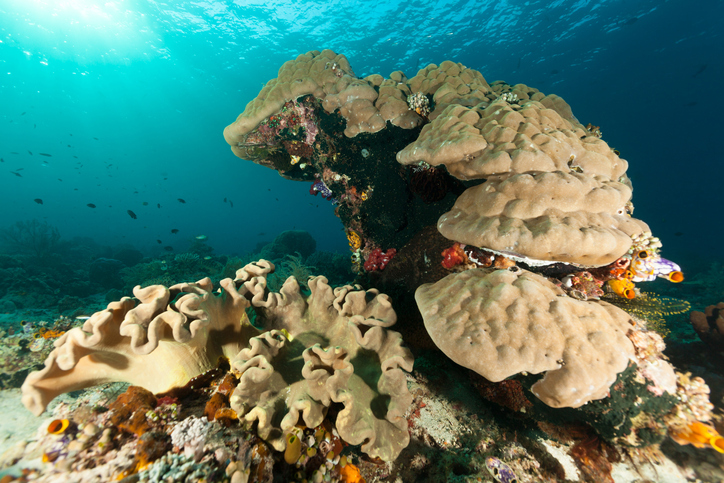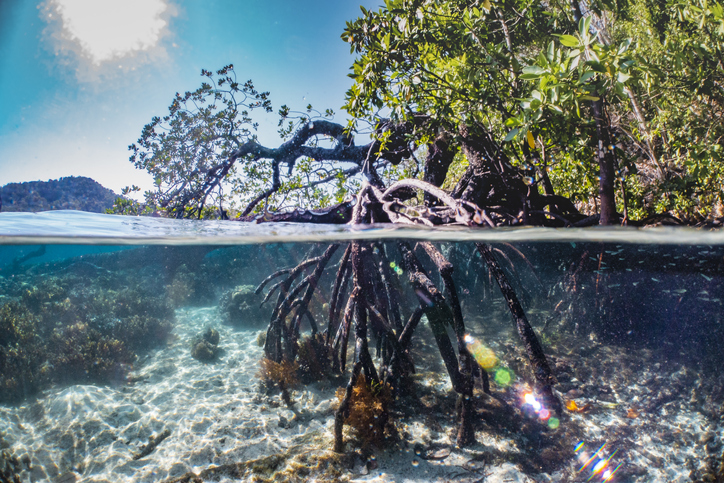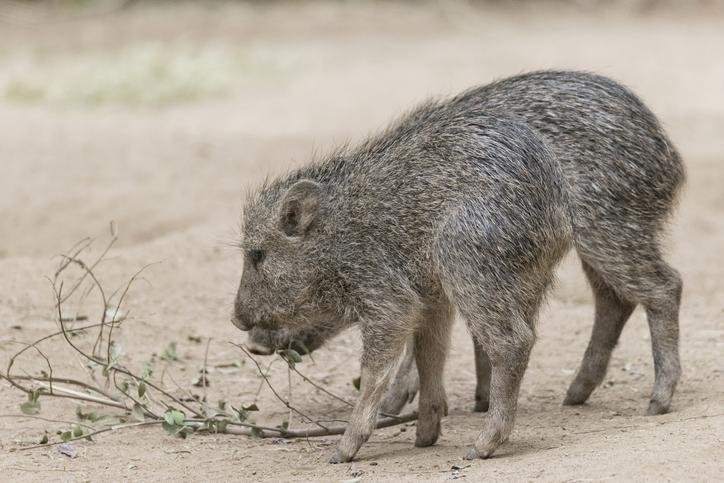New microbes discovered in sheep, coral and Chacoan peccaries
Posted on December 8, 2020 by Matt Bassett
Each month, the Microbiology Society publishes the International Journal of Systematic and Evolutionary Microbiology (IJSEM), which details newly discovered species of bacteria, fungi and protists. Here are some of the new species that have been discovered and the places they’ve been found.
Corals are fascinating organisms and are intrinsically linked with microorganisms; they have a symbiotic relationship with a group of photosynthetic algae known as zooxanthellae, without which they wouldn’t be able to survive. So it is no surprise that corals have been the source of two new microbes this month. Researchers isolated a new species, named Poritiphilus flavus, from the coral Porites lutea. Corals from the genus Porites have become a dominant coral species in the process of global coral reef degradation. The second species to be isolated from coral was Pseudokineococcus galaxeicola. This new species was isolated from the mucus of a coral from the genus Galaxea. The mucus secreted by corals made up of mucopolysaccharide material acts as an energy carrier, providing energy to the reef community as a whole, helping the reef cycle nutrients and preventing loss of energy.

An ecosystem that’s commonly associated with reefs is mangrove forests. They work together with reefs to prevent disasters like tidal waves, and act as a nutrient sink, preventing the coral reefs from getting an excess of nutrients. Researchers discovered a new species from the rhizosphere soil of the mangrove plant Kandelia candel, collected in Zhangzhou, Fujian province, China. They named the species Agromyces kandeliae and noted it was yellow and an irregular rod-shaped.

Soil is a common place to find new microbes as it’s so rich with microbial life. Streptomyces are incredibly important as they are the largest antibiotic-producing genus. They are commonly found in soil and decaying vegetation and this month was no exception. Researchers isolated new species Streptomyces arboris from the soil surrounding Populus euphratica commonly known as Euphrates poplar or desert poplar, a species of poplar tree in the willow family. Staying with plants, researchers isolated Flavobacterium panici from the rhizosphere of Panicum virgatum (switchgrass), a tussock or bunch grass native to North America.

As always, animals were the source of new microbes, researchers discovered Streptococcus catagoni from the respiratory tract of diseased Chacoan peccaries (Catagonus wagneri), an endangered pig-like creature found in the Gran Chaco area of South America, divided amongst Bolivia, Paraguay and Northern Argentina. Researchers also discovered Listeria valentina from water troughs and faeces of healthy sheep.
Finally, as it’s December I tried to find the most Christmassy new microbe I could. Sadly there were no microbes found in turkeys or presents, but there was a microbe that was discovered in a pine garden which was as close to a Christmas tree as I could find. Researchers discovered Ramlibacter pinisoli in a pine garden in the Republic of Korea.

